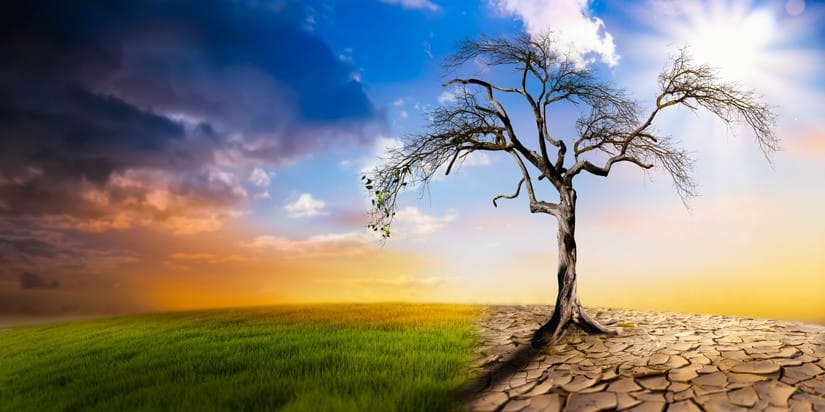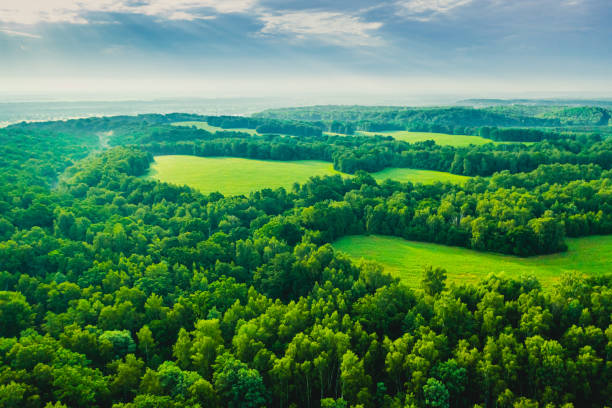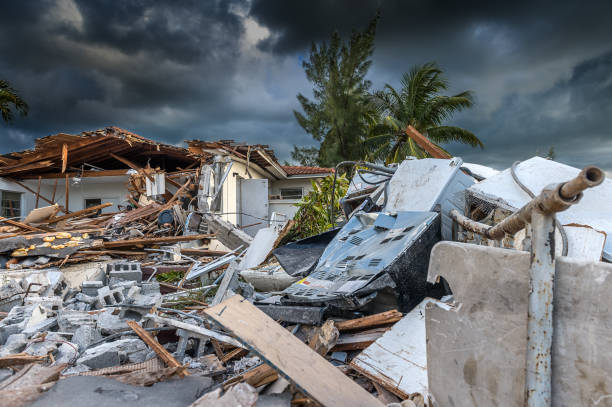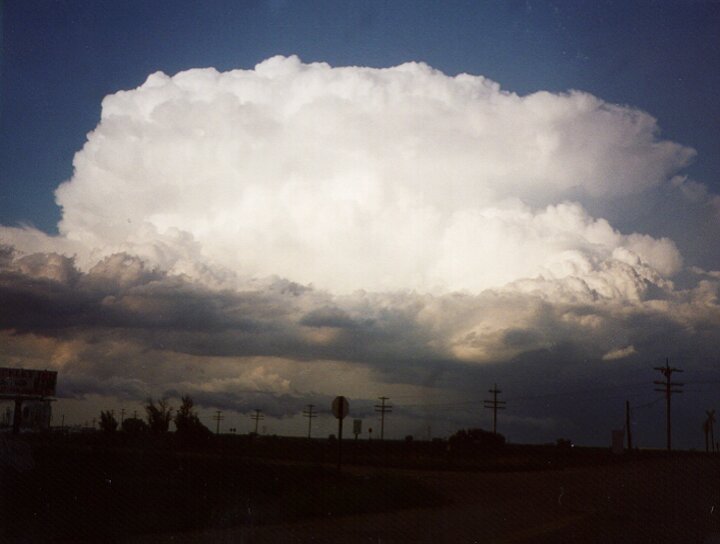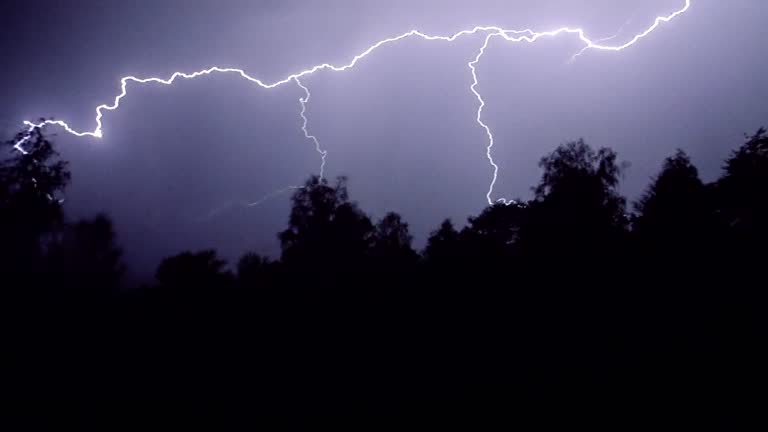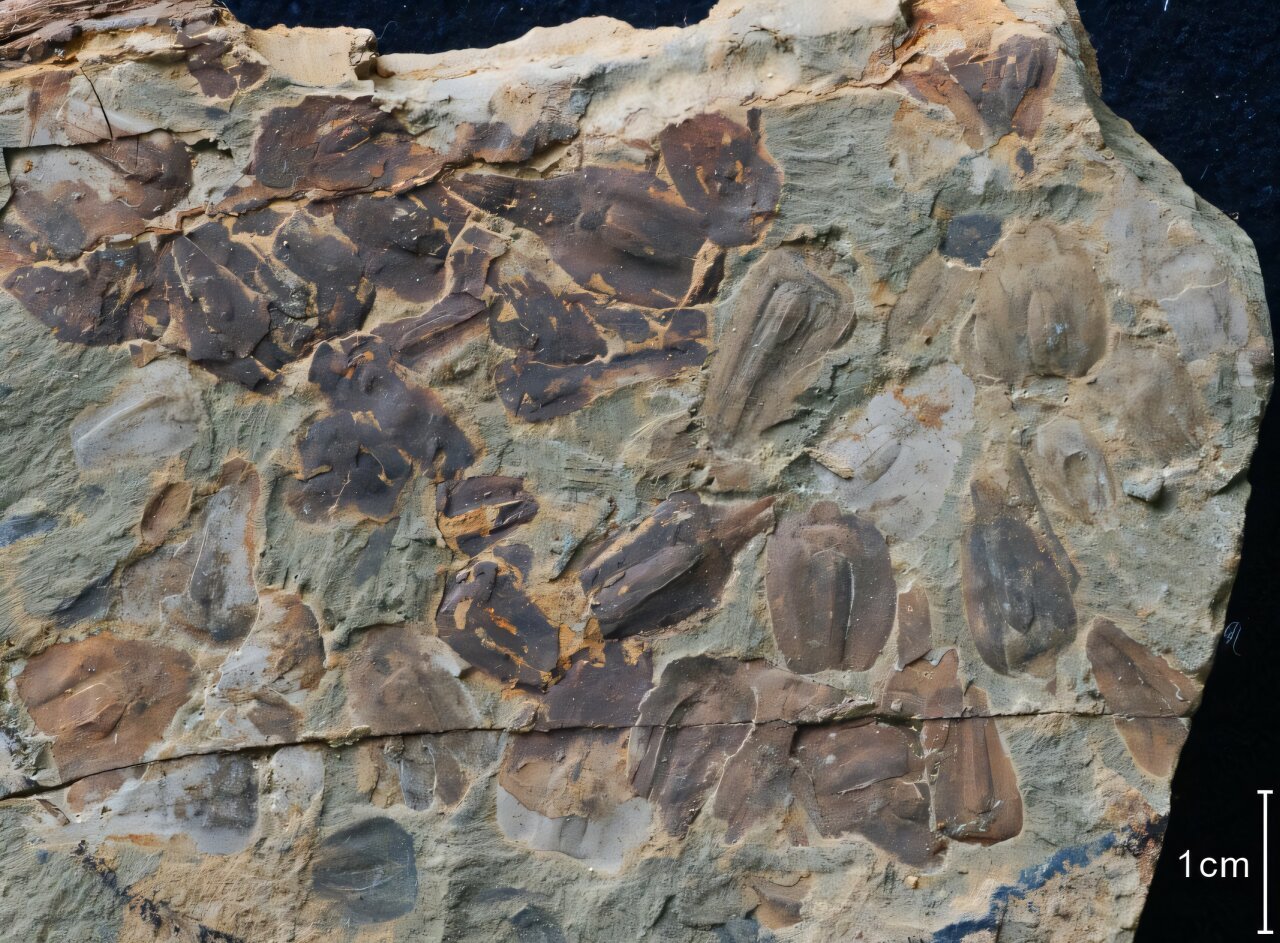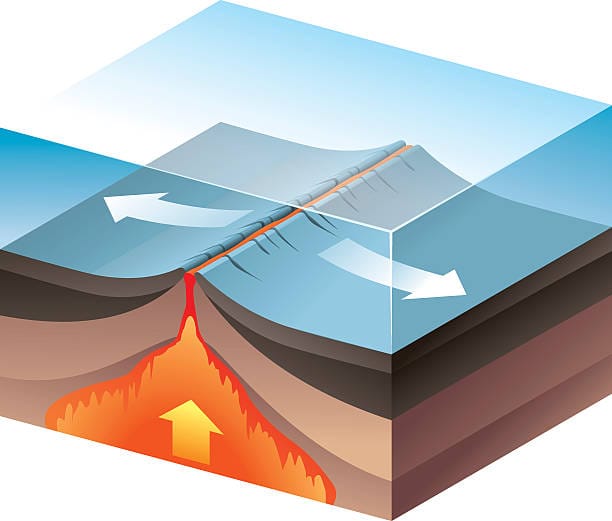The Earth is not silent. It breathes, it pulses, it warms and cools, and it speaks in a language of winds, currents, and seasons. For millennia, this planet has whispered the stories of life and time—of species rising and falling, of forests growing and burning, of glaciers crawling and retreating. But in recent decades, that whisper has grown louder, urgent, almost desperate. The Earth is speaking to us now through broken patterns and vanishing snowcaps, through scorching summers and once-in-a-century storms that arrive every few years. It is not angry—it is out of balance.
Climate change is not a headline. It is not an abstract idea wrapped in graphs or debated only in conference rooms. It is the most human of stories—of how we live, how we hurt, and how we hope. To understand climate change is not just to learn the science, though that science is essential. It is to step into a mirror and ask ourselves: what have we done, and what can we still undo?
This is the story of our changing climate. But more than that, it is the story of us.
A Delicate Atmosphere, Disturbed
Our planet is wrapped in a thin, fragile veil of gases—mostly nitrogen and oxygen, with tiny traces of other elements that together form the atmosphere. It’s this atmosphere that makes Earth hospitable, keeping us warm enough to live, cool enough to thrive, and protected from the harsh radiation of space.
Among these gases, one group has an outsized role in regulating the planet’s temperature: greenhouse gases. They include carbon dioxide (CO₂), methane (CH₄), nitrous oxide (N₂O), and water vapor. These gases trap some of the heat radiating from the Earth’s surface after it absorbs sunlight, keeping the planet warm enough to support life. This is the greenhouse effect—a natural and necessary process.
But what happens when we add more of these gases into the air than the Earth can handle?
Since the dawn of the Industrial Revolution in the 18th century, humans have been digging into the deep vaults of Earth’s carbon stores—coal, oil, and natural gas. These fossil fuels, formed over millions of years, are ancient sunlight turned to energy. By burning them to power factories, light cities, and move cars, trains, and planes, we’ve unlocked enormous economic growth and technological progress. But we’ve also flooded the atmosphere with carbon dioxide and other greenhouse gases at a rate nature can’t absorb.
The balance has tipped. The delicate veil has thickened. The Earth is warming—and the consequences are profound.
The Science That Broke the Silence
For many, climate change still feels new. But scientists have been warning about the warming of our world for over a century. In 1896, Swedish scientist Svante Arrhenius predicted that burning fossil fuels could raise Earth’s temperature. In the 1950s, Charles David Keeling began measuring CO₂ levels atop Hawaii’s Mauna Loa volcano. His Keeling Curve—a steadily rising graph—became the heartbeat of a planet in flux.
What began as academic concern has since become irrefutable consensus. Global temperatures have risen by more than 1.2°C (2.2°F) since pre-industrial times. The last decade was the hottest ever recorded. Arctic sea ice is vanishing, glaciers are retreating, oceans are rising. The climate models have only grown more accurate—and more alarming.
But beyond the numbers lies something deeper: a growing awareness that this isn’t about science versus skepticism. It’s about survival versus catastrophe.
A Warming World and Its Cascading Consequences
The warming of our world doesn’t happen in isolation. It pulls on threads that unravel ecosystems, displace communities, and alter the rhythm of life itself.
Rising temperatures mean more evaporation and more moisture in the air. That creates heavier rainfall in some regions—floods that wash away homes and livelihoods. In other places, heatwaves and droughts parch the land, turning green fields to dust and sparking wildfires that rage with unprecedented fury.
The oceans, too, are in turmoil. They absorb over 90% of the excess heat trapped by greenhouse gases, leading to coral bleaching, disrupted fisheries, and marine species on the move. As seawater warms, it expands, and as land ice melts, it adds to the oceans—together driving sea-level rise that threatens coastal cities from Miami to Mumbai.
Climate change doesn’t just stress nature. It stresses us. Food systems become unstable, water grows scarce, and diseases spread into new territories. Climate refugees—those forced to flee due to climate-related disasters—are already moving, their numbers climbing each year.
And yet, amid this cascade of consequences, there remains a painful irony: those who contribute the least to climate change—often the poorest and most vulnerable—are the ones who suffer its worst effects.
The Human Face of a Global Crisis
To speak of climate change only in degrees and statistics is to miss the human heart of this crisis. It is the Bangladeshi farmer who watches his rice paddies drown in saltwater. It is the Californian mother packing her children into a car as wildfires darken the sky. It is the Pacific Islander who sings lullabies to a homeland that may disappear beneath the waves.
Climate change is not far away. It is here. It is the asthma in your child’s lungs as smog settles over the city. It is the cost of strawberries in winter. It is the thunderstorm that floods your basement for the third year in a row. It is no longer tomorrow’s problem. It is today’s reality.
And yet, too often, the world still divides itself into action and denial, urgency and delay. Political will is paralyzed by short-term interests. Corporations trumpet green slogans while quietly funding status quo operations. And individuals—caught between fear and fatigue—wonder if their choices matter.
They do.
The Choices That Brought Us Here
To understand climate change fully, we must be honest about its root: human choices.
We chose fossil fuels over cleaner alternatives, even after we understood their consequences. We chose convenience over conservation, plastic over permanence, waste over wisdom. We built economies on consumption, marketing endless growth on a finite planet. We ignored indigenous wisdom that taught us to live in balance and instead raced to exploit nature as if she were infinite.
But while choices created the crisis, they also hold the key to change.
Because every emission has a source. Every flame has a match. And every future still unwritten can be written differently.
A Turning Point in Human History
This moment—right now—is a hinge in history. We stand at the crossroads between runaway collapse and radical renewal. The science tells us we must cut global emissions by nearly half this decade to avoid the most dangerous climate outcomes. That means transforming how we generate energy, grow food, move people, and build cities.
It means saying no to new coal plants, investing massively in renewables, redesigning transportation systems, and rethinking agriculture. It means protecting forests—not just for carbon storage, but for biodiversity, water cycles, and the cultures they shelter.
But more than policy or technology, it demands a shift in consciousness. We must stop seeing ourselves as masters of the Earth and begin to see ourselves as part of it.
That change is beginning. It’s fragile, but it’s real.
The Rise of the Climate Generation
From the streets of Stockholm to the villages of Kenya, young people are rising. They hold signs, march in protest, speak before parliaments. They are Greta Thunberg and Vanessa Nakate, but they are also millions of unnamed students, farmers, artists, engineers, and dreamers who refuse to accept a broken world as their inheritance.
This is the climate generation—not defined by age, but by awareness. They are the ones who look into the future and see not just doom, but duty.
And behind them are scientists, journalists, doctors, indigenous leaders, faith communities, and even former deniers who have joined the chorus: it is time to act.
This movement is imperfect. It struggles with burnout, with infighting, with fear. But it is growing. And its anthem is simple: another world is still possible.
Hope in the Science, Hope in Each Other
Sometimes, climate change feels overwhelming. The scale of it—planetary. The inertia—daunting. But amid the fear lies a strange and powerful hope: we know what to do.
We know how to transition to clean energy. We have solar panels and wind turbines that are cheaper than coal. We have smart grids and electric vehicles, regenerative farming and carbon-capturing trees. We have policy models, climate finance mechanisms, and blueprints for sustainable cities.
What we lack is not knowledge. It is courage.
And courage comes not just from facts, but from stories—of people rising in fire-struck towns to rebuild with greener vision, of nations joining hands across borders to save shared rivers, of families installing solar panels not just to save money, but to save a future.
Hope lives in action. Not blind optimism, but stubborn, grounded hope that says: we are still here. We still have time.
The World We Still Might Save
Imagine a future not of catastrophe, but of renewal. Imagine a world where cities breathe clean air, where forests stretch wild and uncut, where children learn under the shade of solar-paneled schools and rivers run free.
This world is not fantasy. It is a possibility—if we choose it.
It requires sacrifice, yes. Change will not be easy. Some industries will end. Others will rise. Jobs must transform. Systems must evolve. But the cost of action is far less than the cost of inaction.
This is not about going back to some mythical past. It is about moving forward with wisdom. It is about progress that includes the planet. It is about thriving—not just surviving.
Listening to the Earth Again
The Earth is still speaking. But now, perhaps, we are ready to listen.
She speaks in science and silence, in beauty and breakdown. She tells us where we’ve gone wrong, but also where we might go right. Her wounds are deep, but not beyond healing.
In every sunrise that warms a glacier, in every child planting a tree, in every voice that says “enough,” the Earth finds a reply. Not apology. Not perfection. But promise.
We may be the first generation to fully understand the damage we’ve done. But we are also the last that can prevent the worst to come.
Let that knowledge break your heart—and let it move your hands.
